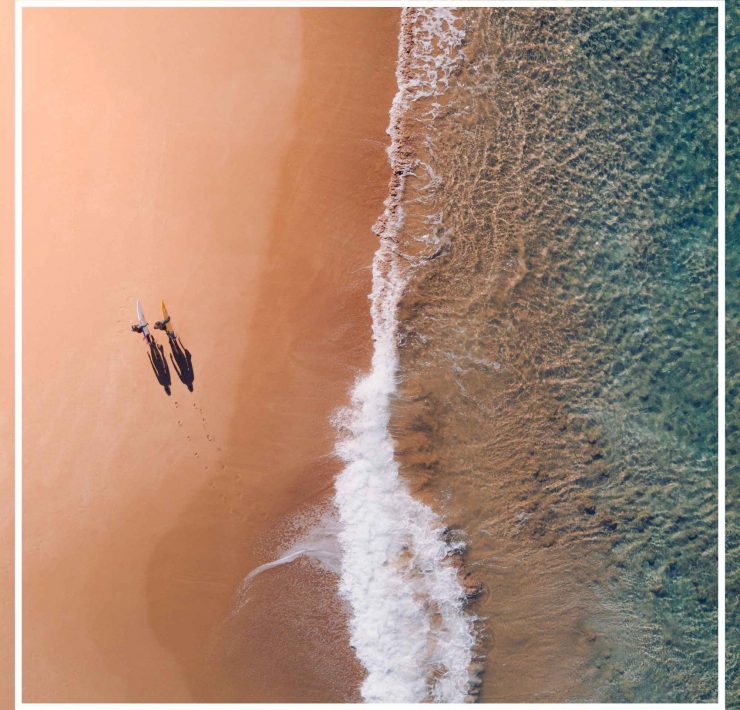15 Cool Places You Might Not Know Exist In Australia
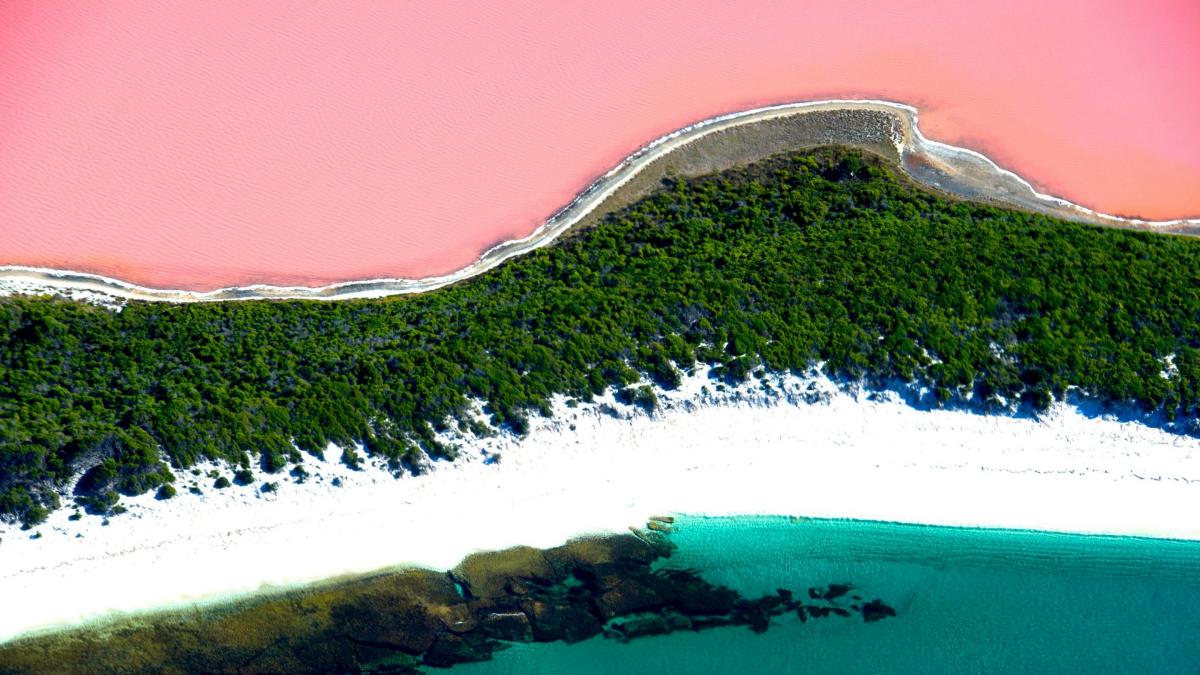
Rebecca Russo is a freelance writer, editor, community radio dabbler,…
We all have well-worn images of Australia in our minds; a red dusty centre, a sun-drenched coast and the all-encompassing bush. In reality, our backyard contains a tonne of surprising (and frankly quite weird) landmarks that look more alien than Earthling.
[related_articles]2821,58879[/related_articles]The below geographical features are not only real, they’re so close that you’ll be kicking yourself for not knowing about them sooner. Behold: The weird, wacky and totally true blue Australian landmarks you’re gonna want to seek out on your next homegrown adventure.
[listicle]The Bungle Bungles, WA

In the depths of the Kimberley lie the sandstone domes of the Bungle Bungles in Purnululu National Park, a place so remote that it was only “discovered” by white Australians in 1983. Carved by nature more than 350 million years ago and revered by the traditional custodians of the land for over 40,000 years, the Bungles might look like giant beehives from above but it’s when you get a little closer that things start to come alight.
Overnight hike, 4WD, camp or take a scenic helicopter flight around the site – whichever way you experience them, your jaw is bound to drop.
Image: Andy Tyler / Flickr
Lake Hillier, WA
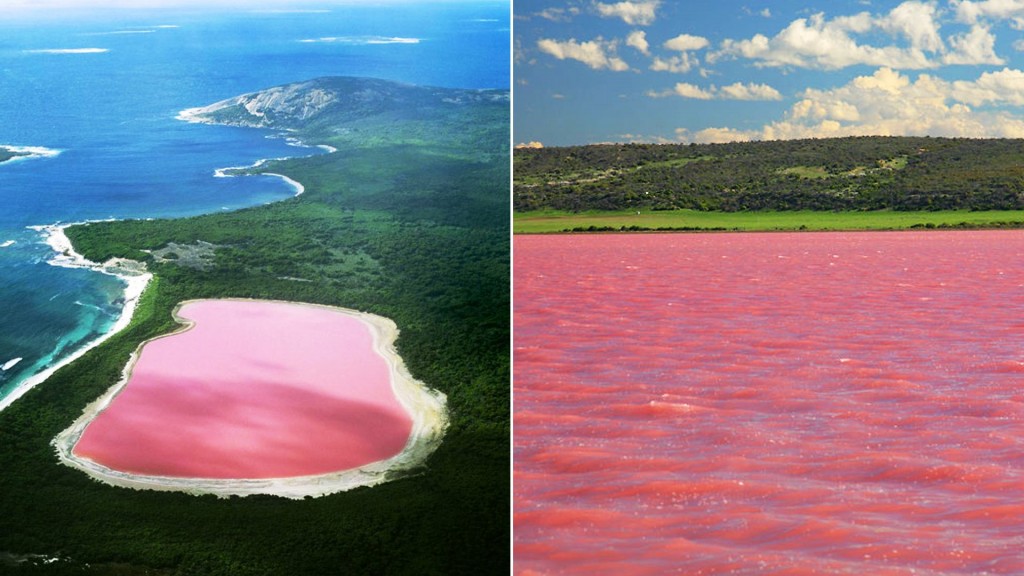
Lake Hillier is a salt lake on Middle Island, the largest of the islands that make up the Recherche Archipelago in Western Australia – oh and it’s also pink. Very, very pink. Like what would happen if Barbie took over the world. It’s definitely one of the most out-there of all Australian landmarks – in every sense.
The pink lake is a stunning sight to see – sitting smack bang in the middle of a green countryside and flanked on all sides by a white rim of sand, the 600 metre long pool is also perfectly safe to swim in. Though it hasn’t been officially proven, scientists reckon the pink colour comes from a mysterious dye created by two organisms present in the lake: Dunaliella salina and Halobacteria. Sounds legit to me.
Images: Next Trip Tourism
Jacob’s Ladder, Tas

A windy stretch of road that looks akin to San Francisco‘s infamous Lombard Street, Jacob’s Ladder is Tasmania‘s coolest road to tackle on two or four wheels. Sitting pretty in the Ben Lomond National Park near Launceston, the zig-zag road is part of the final ascent towards the local alpine village where drivers are encouraged to stick to the 30 kilometre per hour speed limit in order to make it up the hill in one piece.
At its peak, Jacob’s Ladder sits at an elevation of 1570 metres above sea level – and with views like that, it’s totally worth the effort.
Image: Tourism Tasmania
SS Ayrfield, NSW
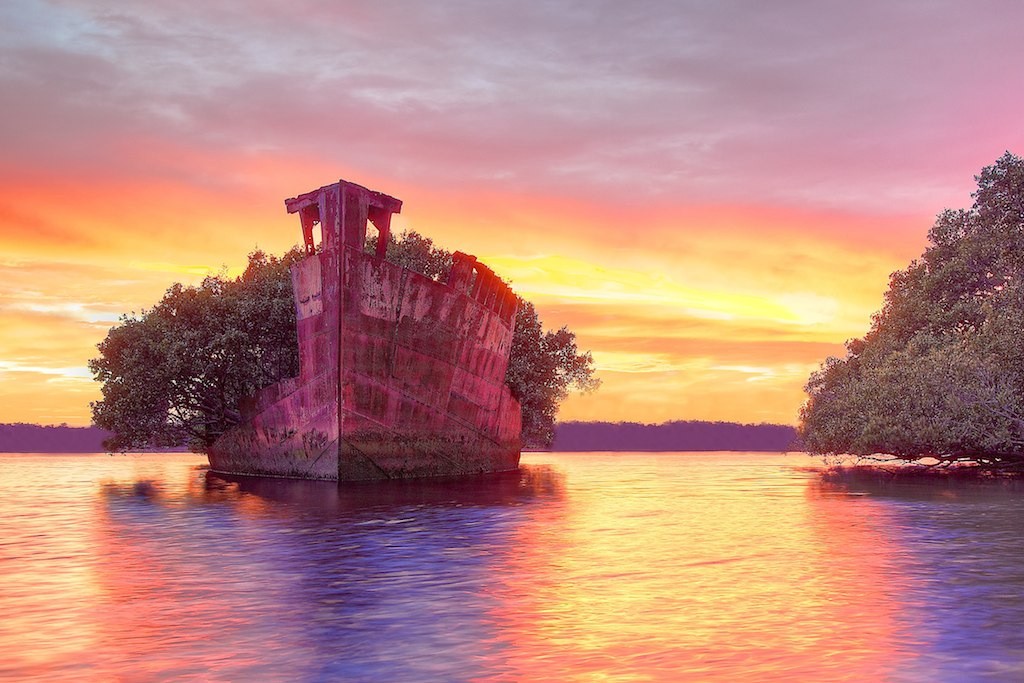
If you thought you knew Australia’s prettiest city back to front then we might have some shocking news – did you know there’s a floating forest boat hanging out in Homebush Bay? Yep, the shipwrecked SS Ayrfield has earned the name “floating forest” among the locals thanks to the lush flora that’s spouted within the rusted hull of the wreckage. It’s fairytale material.
Image: Steve Dorman / Flickr
Wave Rock, WA
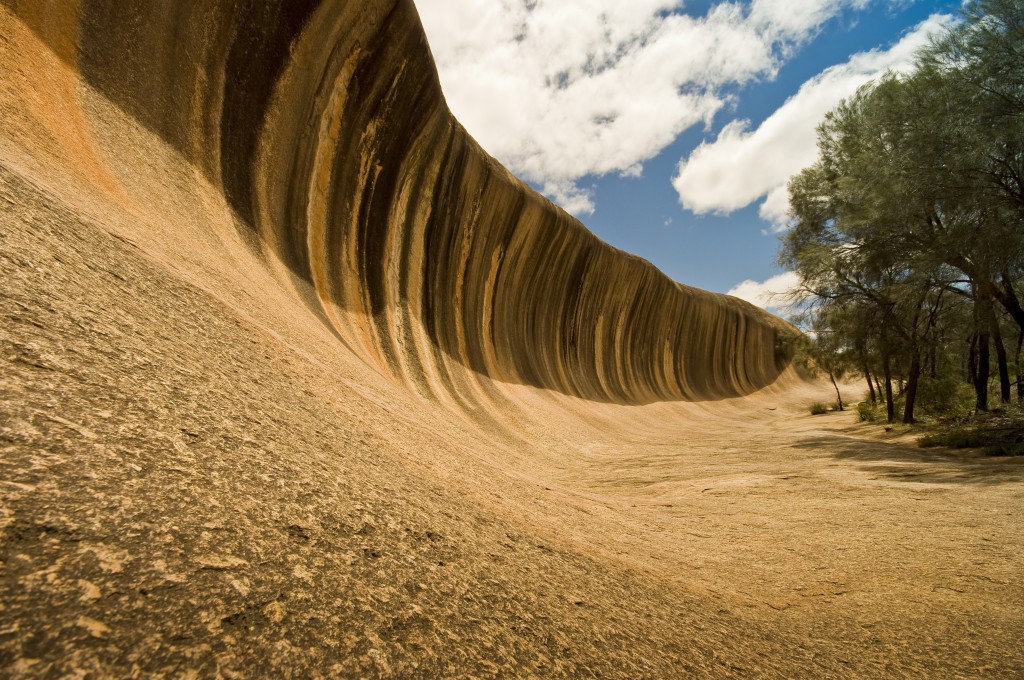
There’s probably never been an occasion in your life when you thought to label a rock formation “gnarley”, “rad” or “sweet as”, but this rock formation will make you reconsider. Located in Hyden Wildlife Park, south-east of Perth, the wave rock, which resembles a breaking ocean swell, is about 14 metres tall and stretches 110 metres across the park. Can it be that Australia’s surfing obsession is so strong, it also extends to its rock formations? We reckon so.
Image: Peng Boon Tan / Tourism Western Australia
Hinchinbrook Island, Qld
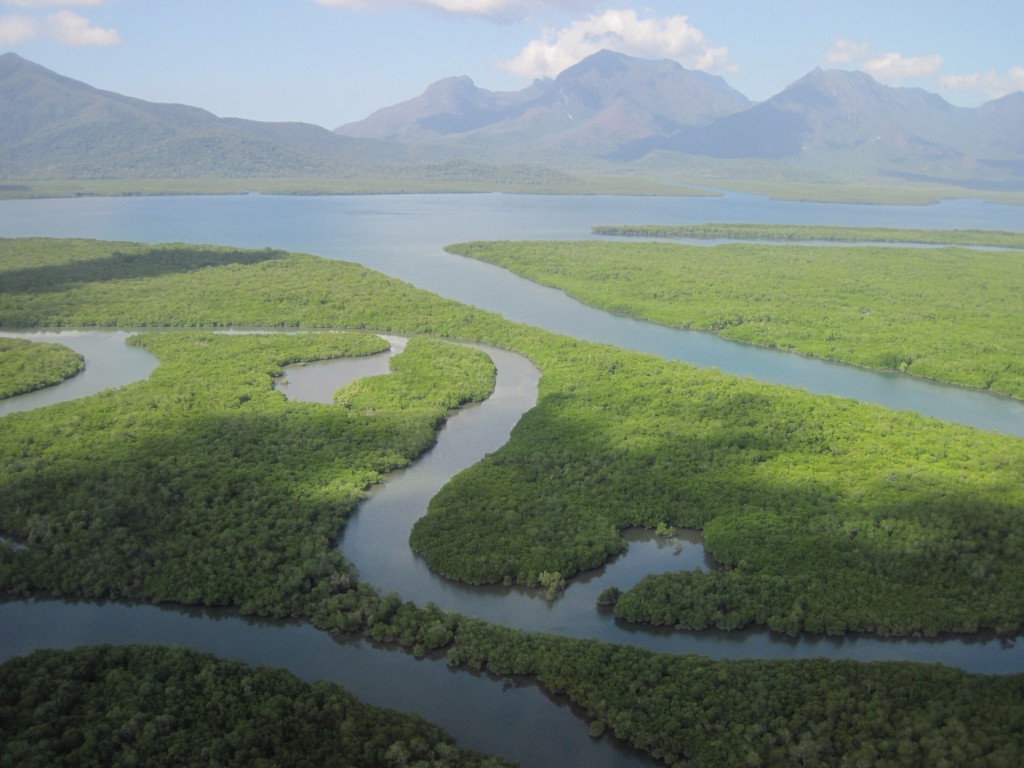
There are not many islands that can claim that their entire geography is classified as a National Park, but Hinchinbrook Island in Far North Queensland has that elusive title – and wears it with prehistoric pride.
Stretching across 37 kilometres, the uninhabited Hitchinbrok Island is separated from the mainland by the narrow Hinchinbrook Channel which, thanks to strong tidal currents, has created snake-like crevasses in the land. Keep your eyes peeled for hikers making tracks along the impressive 32 kilometre Thorsborne Trail, too.
Photo: Tourism and Events Queensland
The Pinnacles, WA
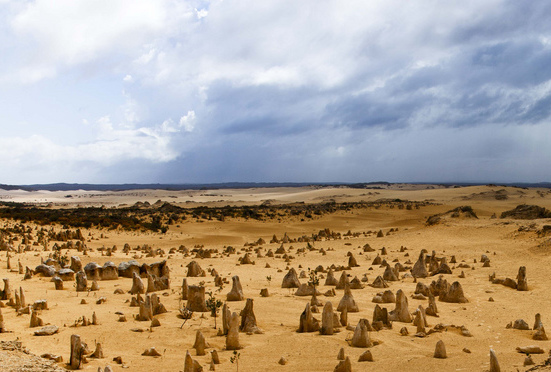
Oops, it seems we’ve stumbled upon the set of The Martian. Wait, no, it’s just The Pinnacles in Nambung National Park in WA. There are numerous theories explaining how these high mobile dunes – which are actually fossilised seashells – were formed, but none are 100 percent confirmed. Be sure to visit between August and October, when the days are mild and surrounding wildflowers start to bloom.
Image: Matt Brand / Flickr
Little Blue Lake, Tas
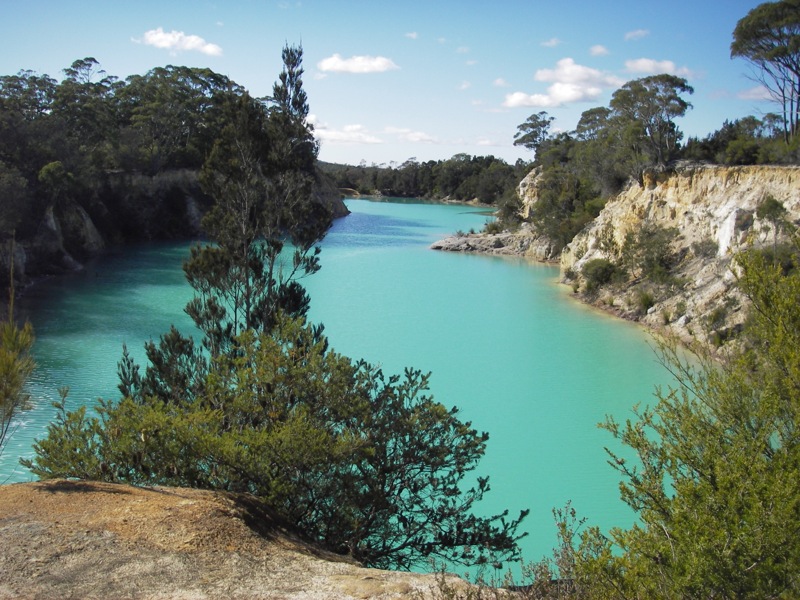
If you’re wondering how so many lakes in Australia have somehow ended up looking like otherworldly bodies of water, then you’re not alone. Little Blue Lake in north-east Tasmania is actually the result of years of alluvial tin mining in the region. But unlike Lake Hillier’s pink swimming hole above, the Little Blue Lake isn’t suitable for swimming – the water is actually highly contaminated thanks to the past tin mining activity, so it’s recommended you enjoy this unusually blue sight from the shore.
Image: seachange_au / Flickr
Kings Canyon, NT
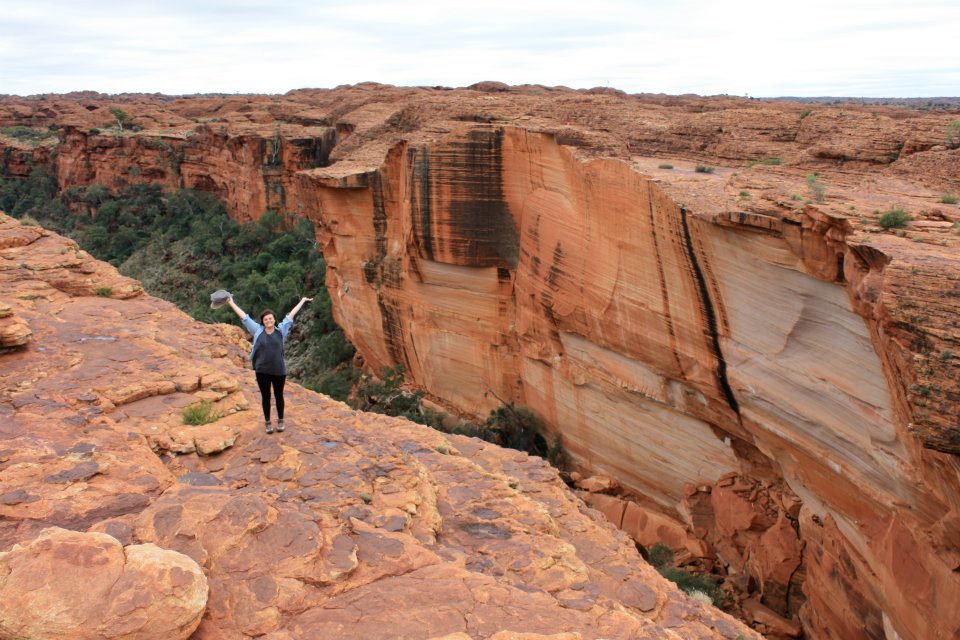
No, that’s not the Grand Canyon. It’s actually our very own mega canyon in the Northern Territory – and not to toot our own horn, but we reckon it’s even cooler than its US counterpart. Kings Canyon certainly lives up to its illustrious name, with 100 metre tall canyon walls stretching above palm forests and red rock sandstone.
Visitors can take a six kilometre walk across the rim with an Aboriginal elder to learn about the significance of the area to its traditional owners. While the hike can be a little challenging (it’ll take around three to four hours to complete), try to make it coincide with sunrise or sunset for some special light shows on the sheer gorge wall face below.
Image: Taryn Stenvei
Bunda Cliffs, SA
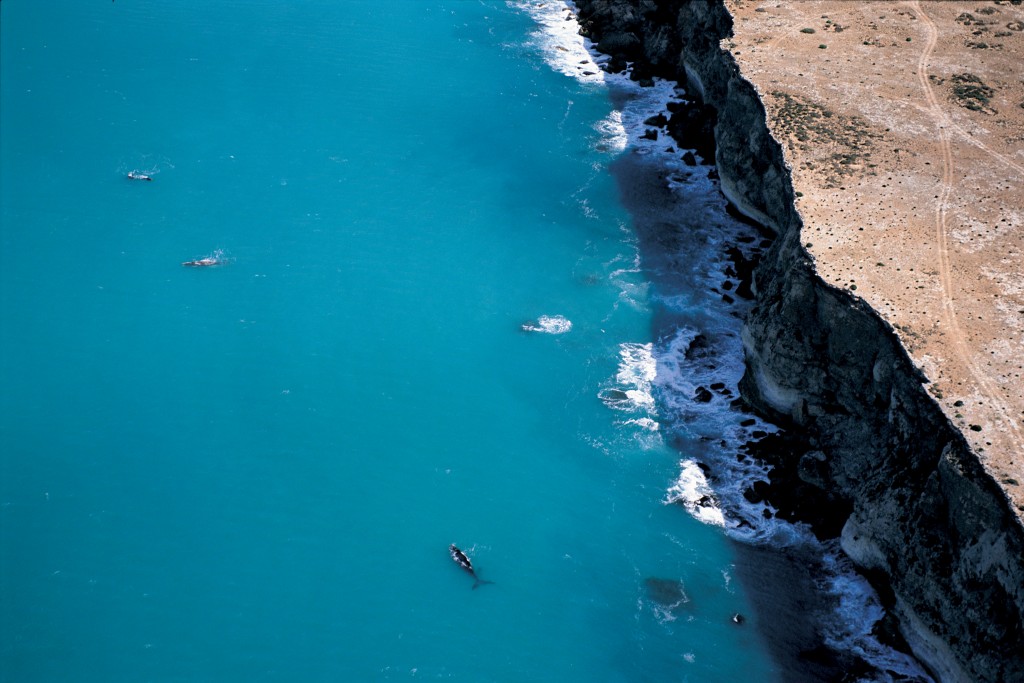
When Australia separated from Antarctica around 65 million-years-ago, the land tore apart like a piece of thick cardboard, forming what’s now known as the Bunda Cliffs in South Australia.
Extending an impressive 100 kilometres along the Great Australian Bight into the eastern corner of WA, the slab of limestone that sits on the edge of the coast forms part of the Nullarbor Plain, extending inland for thousands of kilometres. The imposing cliffs vary in height, from 60 metres to 120 metres above sea level, and all up it forms the longest uninterrupted line of sea cliffs in the world. Impressive.
Image: Adam Bruzzone / SATC
Lake Lefroy, WA

Despite its name, Lake Lefroy isn’t really a lake at all – it’s what geographers call a clay pan, or a dry lake. As it rarely contains any water, the thick, crunchy white salt that sits on the surface doesn’t really allow for vegetation, causing wind to race across the barren horizon.
The lake’s colouring changes through the day as well, going from pale pink to soft hues of blue, red and grey as the day wears on. This is the kind of plane where a land sailor (that’s a real thing) might break a new speed world record; its considered by many as one of the best places in the world to sail a land yacht. You can thank its size (57,000 hectares) and texture (the salt is crusty like hard sand) for that accolade.
Photo: Qantas
Ball’s Pyramid, NSW

Ball’s Pyramid is all that’s left of a massive volcano that once stood in the Pacific Ocean, about 22 kilometres from Lord Howe Island in between Australia and New Zealand. This tiny, unpopulated land mass is 561 metres tall and rises dramatically from the sea.
Ball’s Pyramid made news recently when researchers found a few dozen Lord Howe Island stick insects on the rock. Often called “walking sausages”, this particular insect had not been seen alive in over 70 years.
The Umpherston Sinkhole, SA
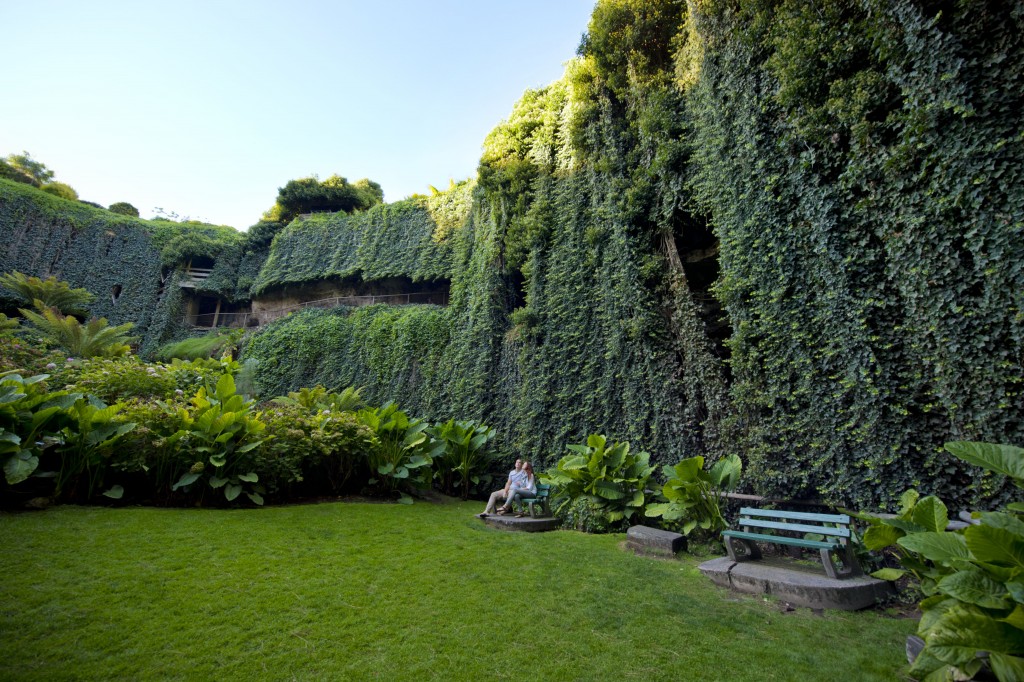
Did you know Mount Gambier has its own garden oasis below the ground? Umpherston Sinkhole was once a huge roofed limestone cave, but when its roof collapsed in the 1880s, the town’s resident green thumb, James Umpherston, took it upon himself to turn this gaping hole in the ground into a manicured communal garden.
Featuring beautiful ferns and cascading plant life, visitors can now walk down to the floor of the sinkhole and enjoy a picnic beside the garden and its natural waterfalls from dawn to dusk.
Image: Adam Bruzzone / SATC
Lake Mungo, NSW
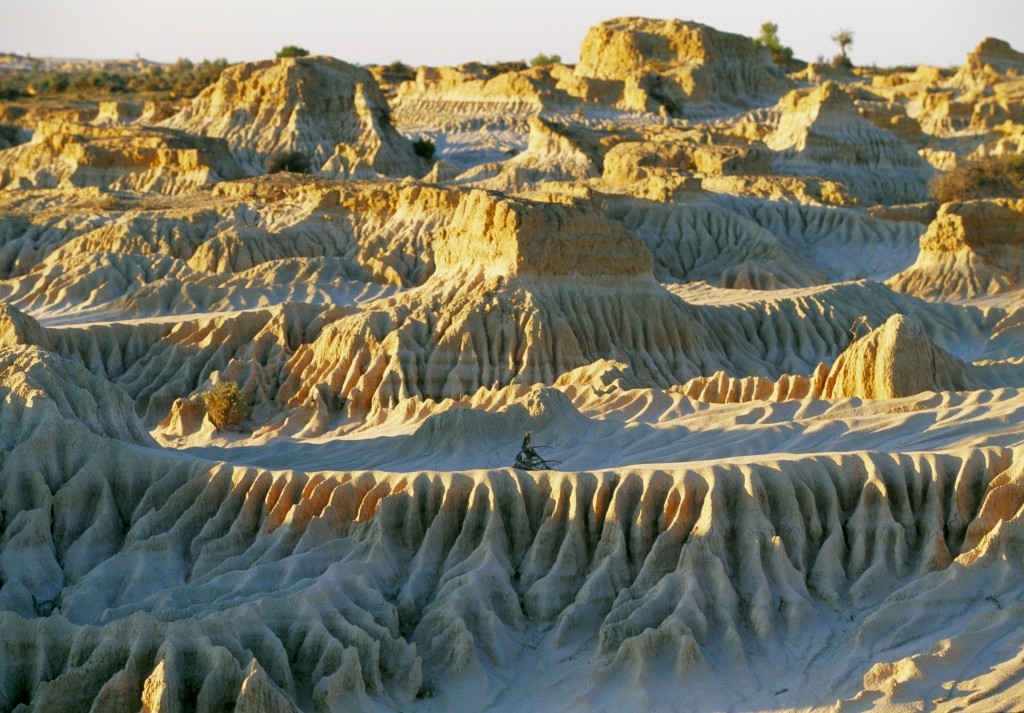
Are you sensing a theme here with all these “lakes”? Lake Mungo is found in the Willandra Lakes Region of Mungo National Park, where visitors will flock to the Walls of China, Mungo’s infamous wrinkly dunes and rock formations. The “lakes” dried up over 19,000-years-ago, leaving a mysterious expanse of land that wouldn’t look out of place in a Star Wars movie.
Image: Don Fuchs / Destination NSW
Eaglehawk Neck Tessellated Pavement, Tas
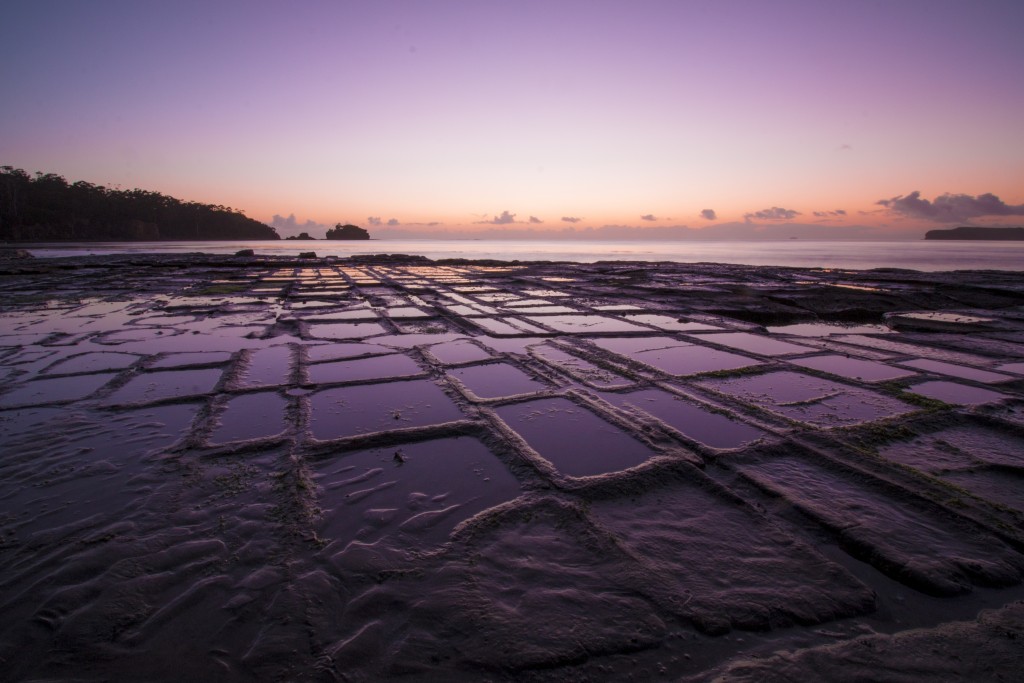
Hopscotch, anyone? You’ll find this odd-looking coastal feature on the strip of land that connects the Tasman Peninsula to mainland Tasmania. This kind of erosion is called Tessellated Pavement, and it’s pretty rare. Not only have those carvings formed naturally, they’ve fractured to look like paved tiles thanks to years of water erosion by neighbouring high tides. Very cool.
Image: Tourism Tasmania[/listicle]
(Lead image: Ockert le Roux / Tourism Western Australia)
Rebecca Russo is a freelance writer, editor, community radio dabbler, occasional hiker and autobiography enthusiast. She has written for online publications including Junkee, The Cusp, Fashion Journal and Tone Deaf. Find her online here.




